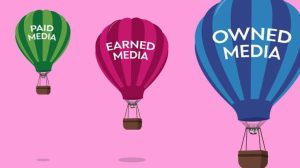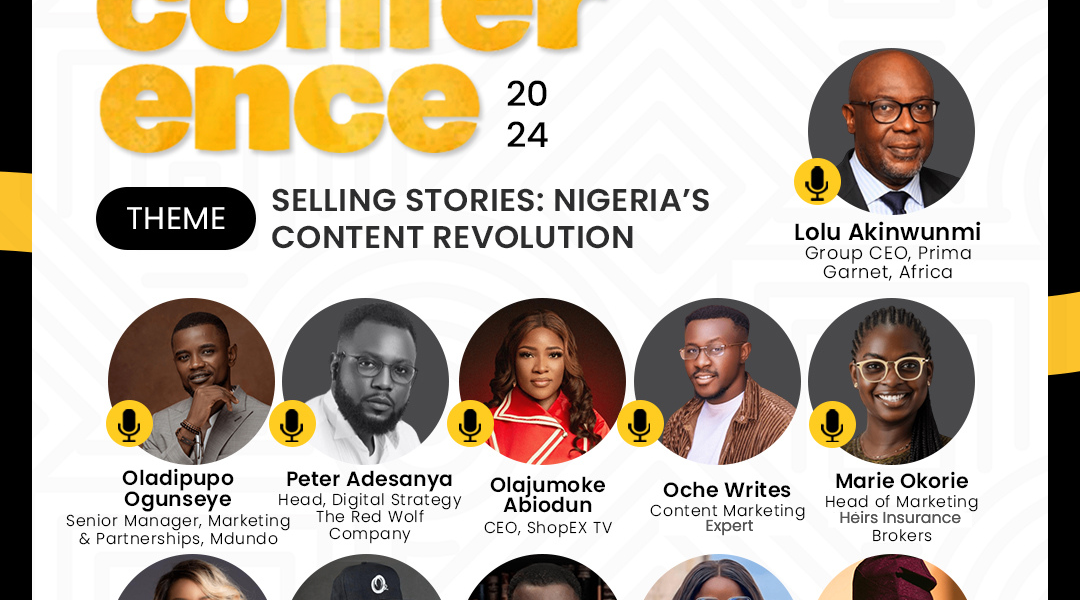Journalists, bloggers, and influencers are adept at identifying inauthenticity, and audiences are quick to reject content that appears excessively promotional.
In recent years, there has been a surge in the misconception that earned media can be manipulated with the same level of control as paid advertising.
Brands, often with the best of intentions, have begun to treat earned media as though it were a mere extension of their paid advertising endeavors, a grave misperception which has given rise to a host of practices that can inadvertently dilute the authenticity of earned media.

Quite frankly, the essence of earned media is that it is not bought, it is earned. Unlike paid advertising, you can’t buy earned media placements; and Journalists, bloggers, and influencers are adept at identifying inauthenticity, and audiences are quick to reject content that appears excessively promotional.
According to Chris Gee, CEO of Chris Gee Consulting, LLC., the misconception that earned media can be easily molded into advertising or marketing is a common pitfall.
Emphasizing how some brands attempt to make earned media replicate the behavior of advertising and marketing in a LinkedIn comment, Gee pointed out a common scenario in social media where there’s a desire for posts to go viral instantly.
“I’ve had similar conversations on the social media front. “Guys, we really need this post to go viral.” Oh really? No problem! We’ll just sprinkle the “viral dust” onto it and voila!..,” There are no shortcuts. You have to have a well-rounded MarComms strategy integrating earned owned/paid. And you can’t get earned to perform like paid just because you don’t have or want to spend the media dollars,” he said.
Noting however that it is customary in some countries for companies to pay for media coverage, Gee revealed that this is a practice that differs from the standard practices in the United States.
Sharing an anecdote from his experience, he recounted how his firm once received an RFP from a company in one of these countries. The RFP had required a guaranteed amount of media coverage, leading to numerous discussions before it became clear that such a request couldn’t be fulfilled within the norms of the United States media landscape.

Similarly contributing her “two cents” to the LinkedIn conversation, Andrea Samacicia Mullan, the Founder and CEO of Victory Public Relations, LLC, emphasized the importance of enhancing the public relations industry’s image.
“PR needs better PR,” she said.
According to Mullan, when clients collaborate closely with PR professionals to refine story angles that resonate with their target audiences and meet the media’s hunger for compelling content, they consistently achieve media coverage. She underlined that there is a significant distinction between guaranteeing particular placements (which is unattainable) and the common assertion that there are no assurances in PR, and clarified that sometimes these conversations are not aligned.
Janine Stein, the Founder & Editorial Director of ContentAsia, finds it astonishing how, even in today’s era, numerous companies believe they are entitled to claim space in magazines for their advertisements masked as editorial content.
There was a time when press releases would swiftly find their place in the bin, and Janine humorously notes, “#truestory.”
She revealed that her amusement led to the creation of an Instagram account called #whowritesthisshit, where she curates all the vacuous and meaningless remarks made by CEOs and Managing Directors in press releases.
In an interesting twist, Stein received a call from one of her friends working in-house in PR, who disclosed that, more often than not, it wasn’t the PR team’s doing. Instead, it was the CEOs and Managing Directors who insisted on adding these baffling comments to the press releases.

Claire Darby, the Founder of Claire Darby Digital Strategies, also expressed deep admiration for the tireless efforts PR professionals invest in securing the placement of a story precisely where they desire and ensuring it is narrated in the intended manner. Sharing further, she acknowledged the immense challenge of having limited control over the final outcome and explained that this is one of the reasons she holds a profound affection for the world of advertising.
Stressing that authenticity is more effective than simply rehashing a sales pitch, Carla Brown Lucas, President of Brown Lucas Consulting, stressed the need for authenticity when presented with earned media opportunities.
Conversely, earned media is the product of external parties recognizing the merit of your story, product, or brand and choosing to cover it in their publications, blogs, or social media channels. This process is guided by the principles of public relations, where your success hinges on the quality of your story and the value it brings to the audience.
When it comes to earned media, there are no certainties, no promised placements, and no level of control comparable to what paid advertising offers. There are no guarantees, no assurances of placement, and no level of control that paid advertising offers.

Fiona Scott, Managing Director at Scott Media, expressed her perspective on advertorial content, noting that there’s nothing wrong with it as long as it perfectly aligns with the target audience.
Emphasizing the importance of understanding the nature and purpose of advertorials, Fiona shared “My particular favorite with clients is ‘we’ve won an award we want national publicity’ Sigh. Big red flag. The national media don’t care.”
Nicole L. Founder of Arthambros Wellness Group, shared a memorable insight from one of her favorite professors who used to say, “Advertising is what you pay for, PR is what you pray for.”
“This wisdom has stayed with her throughout her career,” she added in the LinkedIn post.
Michelle Metzger, Principal Strategist at Cumulus Communications, shared an intriguing anecdote from her past. She recounted a project involving a client hosting a New Year’s Eve party, which her agency was tasked with getting press coverage for. The team succeeded in securing a respectable amount of coverage, mainly in the form of calendar listings, a typical outcome for such events.
However, in the week leading up to the party, the client expressed extreme dissatisfaction, directing his frustration at Michelle and her team for not achieving what he considered the impossible: landing on the covers of every magazine in their town. This ordeal was, in Michelle’s words, brutal, unjust, and profoundly unprofessional.
The story took a remarkable turn when, shortly after the party, it was revealed that the same client had embezzled millions from local philanthropists. His actions led to his mugshot appearing on the cover of Newsweek and making front-page headlines in several newspapers. While the situation was unorthodox, Michelle couldn’t help but find some satisfaction in witnessing him receive the kind of media attention he had demanded earlier.
According to her, the tale now serves as a lighthearted response when asked about guaranteed coverage, buttressing that, in a peculiar way, one can guarantee media attention, depending on the nature of the story and the extent of its impact.
Meanwhile, humorously referring to Gee’s concept of “sprinkling viral dust,” which highlights that earned media can never replicate the outcomes of paid advertising, Abenaa (Abby) Hayes, Founder and CEO of Elysee Consulting, LLC, underlined the critical differentiation between the two approaches.
Brands aspiring to navigate the intricate PR landscape have been urged to approach it with a clear understanding of its fundamentals.
Earned media is not a tool for advertising; it’s a recognition of your brand’s credibility and newsworthiness. Instead of attempting to manipulate earned media placements, concentrate on crafting compelling narratives, delivering value to your audience, and establishing authentic relationships with media professionals and influencers.




